The measures taken to curb the coronavirus pandemic are affecting the MOSAiC expedition too, complicating participant changeovers for the various legs of the voyage. Powerful ice movements also present a major challenge, keeping researchers constantly on their toes.
On an expedition, you always need to be prepared to deal with the unexpected, as the team aboard the research vessel "Polarstern" in the Arctic now know only too well. The participants in the voyage’s second leg were actually supposed to be replaced back in mid-February, but with thick ice slowing the progress of the icebreaker "Kapitan Dranitsyn", which was carrying the new personnel to the "Polarstern", the changeover was delayed by more than two weeks.
Ice movements are currently the biggest challenge faced by the expedition’s researchers. Stormy weather meant that large rifts kept opening in the ice and the floe, which initially had an area of almost one square kilometre, has now broken up into several pieces. As a result, the researchers often have to spend their time rescuing equipment, reconnecting power and data cables and finding new, accessible locations to take measurements and samples. However, the fast-changing conditions have their advantages too: they provide an opportunity for fascinating new research into such subjects as the formation of new ice in rifts and gullies and the subsequent snow accumulation.
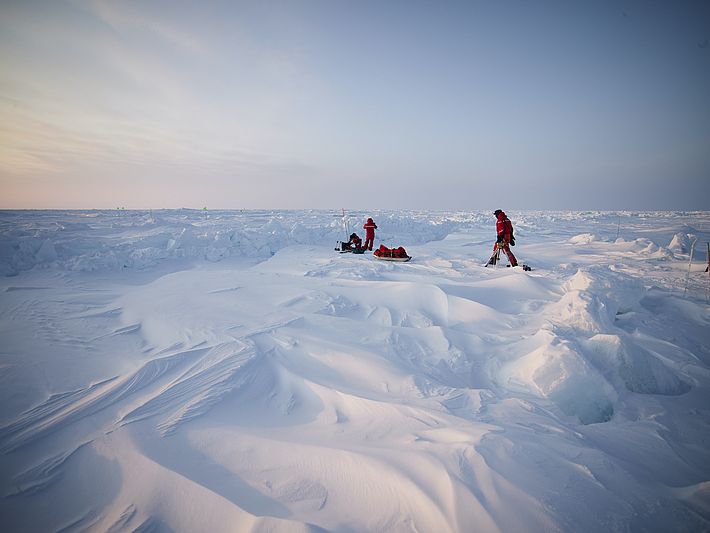
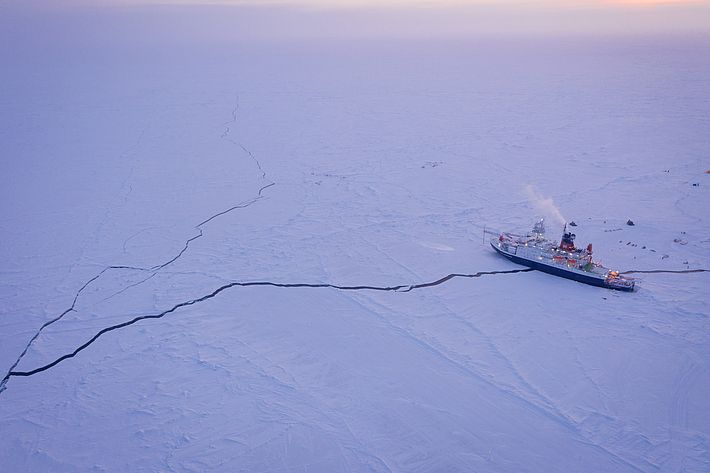
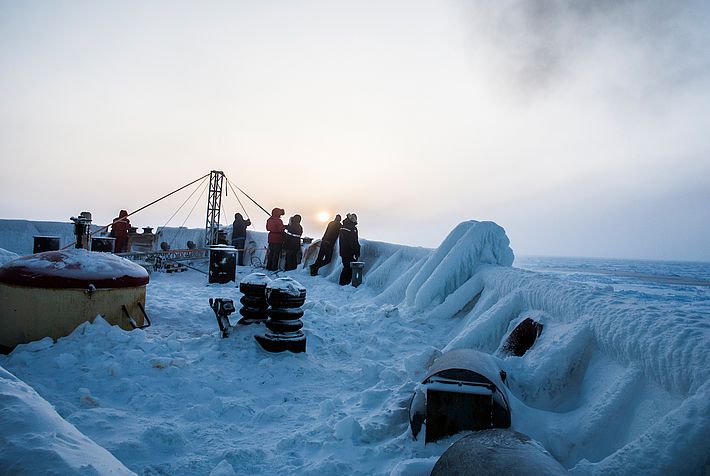
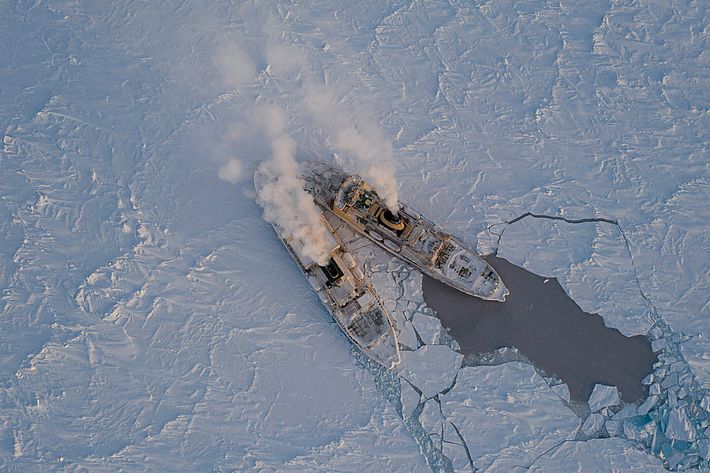
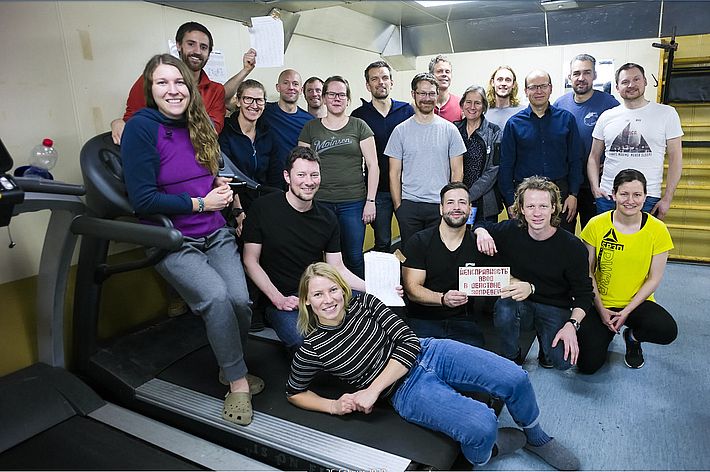
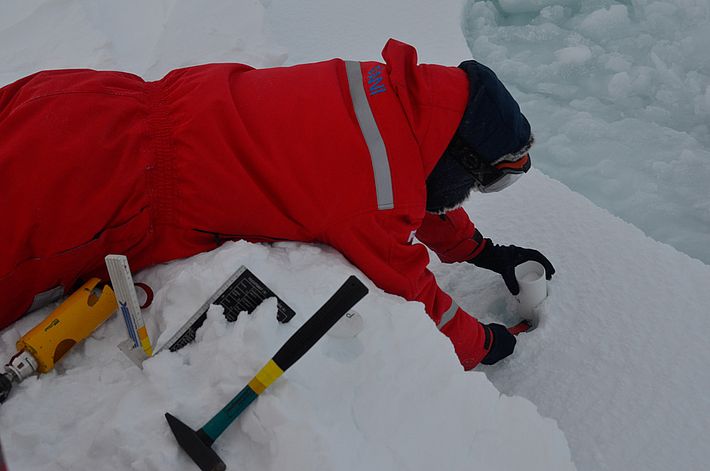
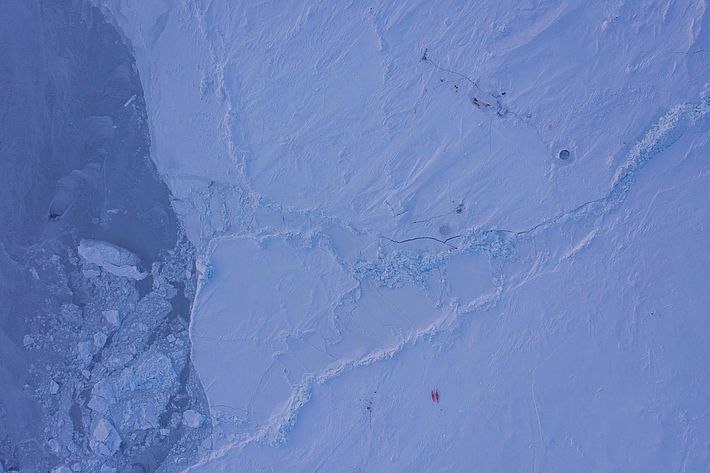
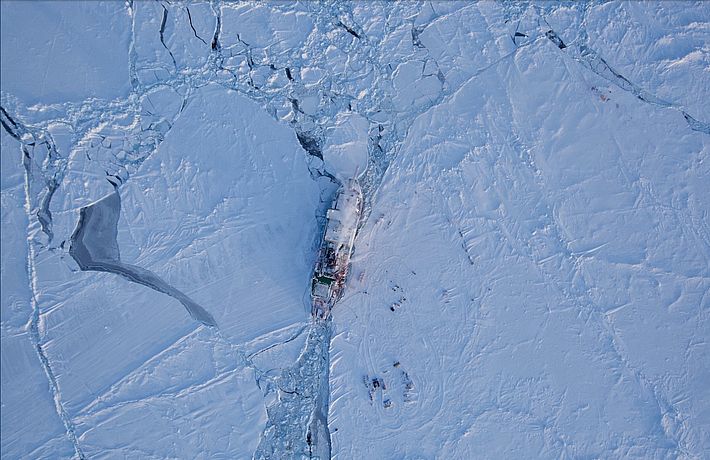
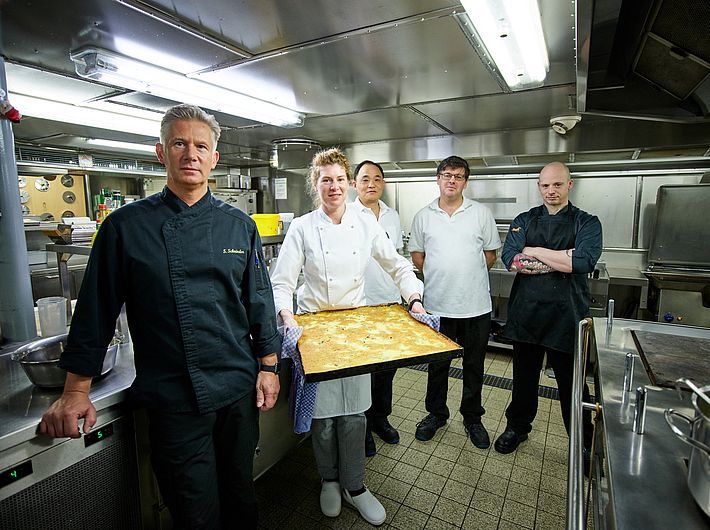
The personnel involved in the second leg of the voyage are now finally back on dry land. Their return trip from the MOSAiC ice floe took three and a half weeks. Their ship had to be refuelled by another icebreaker en route as it would not have had enough fuel for the journey otherwise. They finally docked in Tromsø, Norway, on 1 April. From there, the returning participants flew to Bremen on a charter flight and are currently on their way back to their home countries, though their ability to travel there depends on the measures taken by the relevant countries to combat the coronavirus outbreak. SLF researchers Martin Schneebeli and Matthias Jaggi, who had been in the Arctic since December 2019, are now safely back home in Switzerland.
The coronavirus pandemic had already required adjustments to be made to the planned course of the MOSAiC expedition. For instance, the situation resulted in the cancellation of the first aerial survey campaigns to take atmospheric and sea-ice measurements, which were meant to leave from Norway’s Svalbard archipelago in March. The next personnel swap is expected to be delayed by a few weeks too. The changeover was initially supposed to take place by means of a flight from Svalbard, but Norway is no longer allowing people to enter its territory because of the coronavirus, making a voyage by ship from Tromsø impossible too. Alternative plans for the next personnel switch are currently being drawn up. However, before it can take place, the quarantine rules will need to be applied and the new participants will need to undergo two tests for Covid-19. No one on board the "Polarstern" is currently infected with the virus.
Press release of the Alfred Wegener Institute, 24.04.2020: Alternative resupply plan for Polarstern now in place
Contact
Copyright
WSL and SLF provide the artwork for imaging of press articles relating to this media release for free. Transferring and saving the images in image databases and saving of images by third parties is not allowed.
